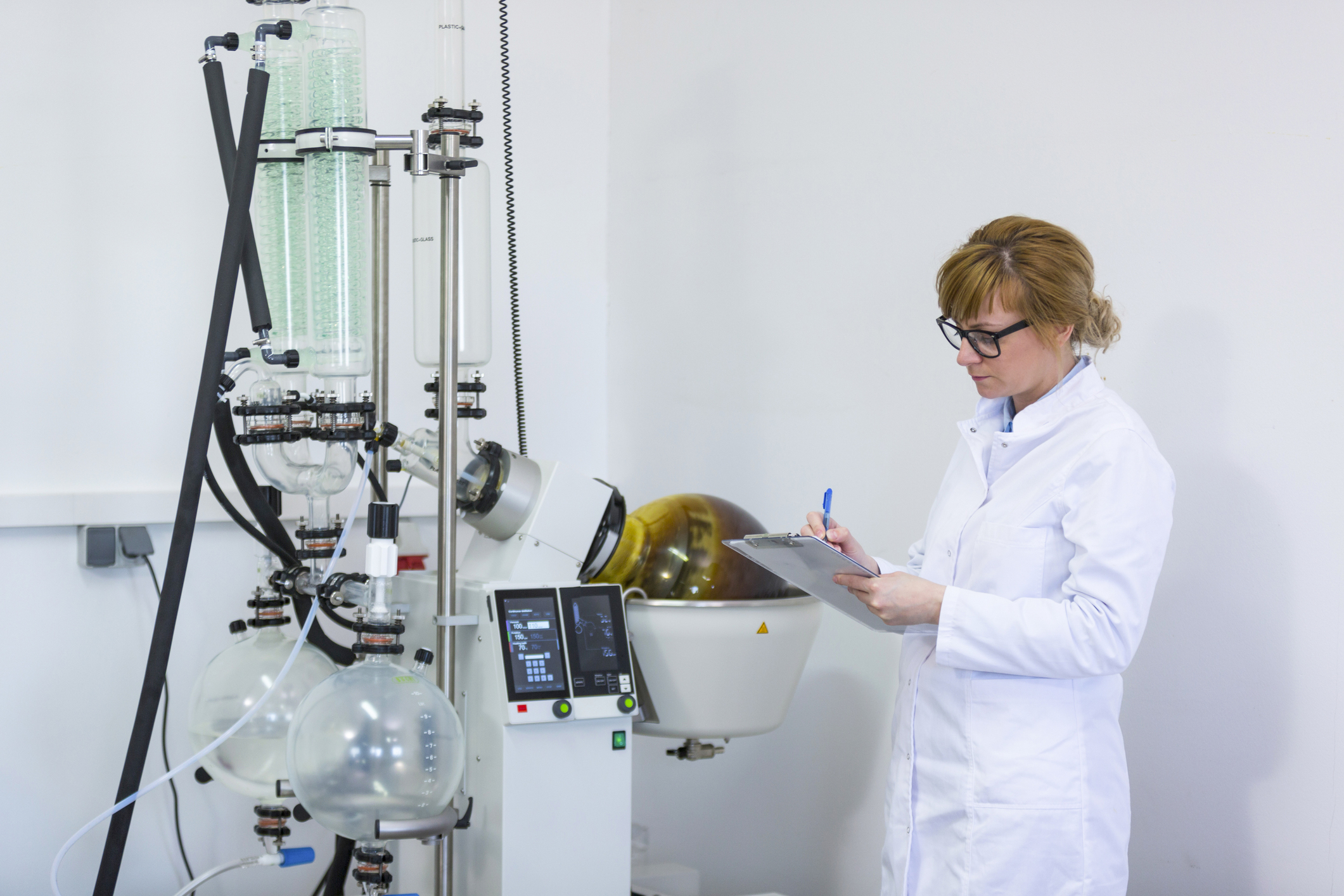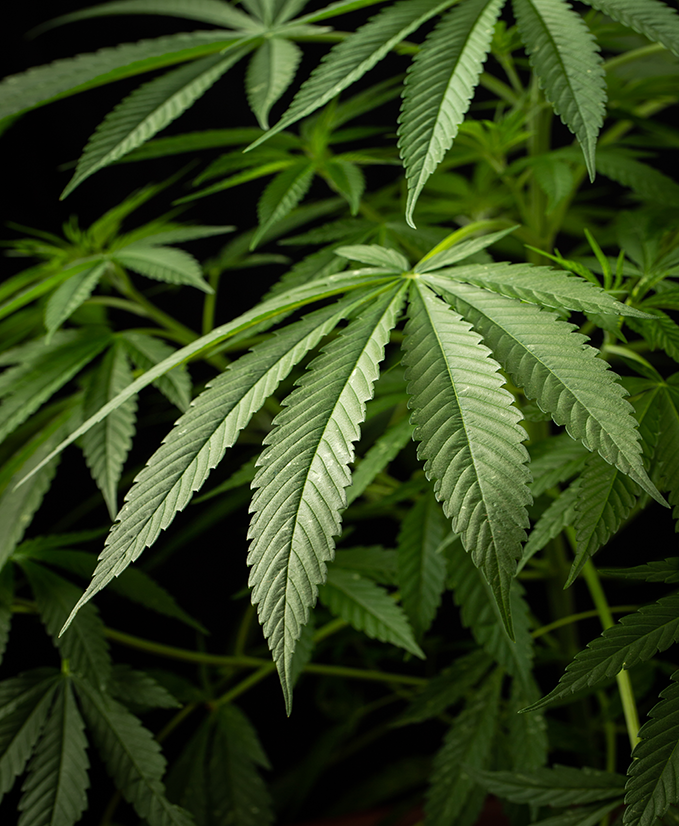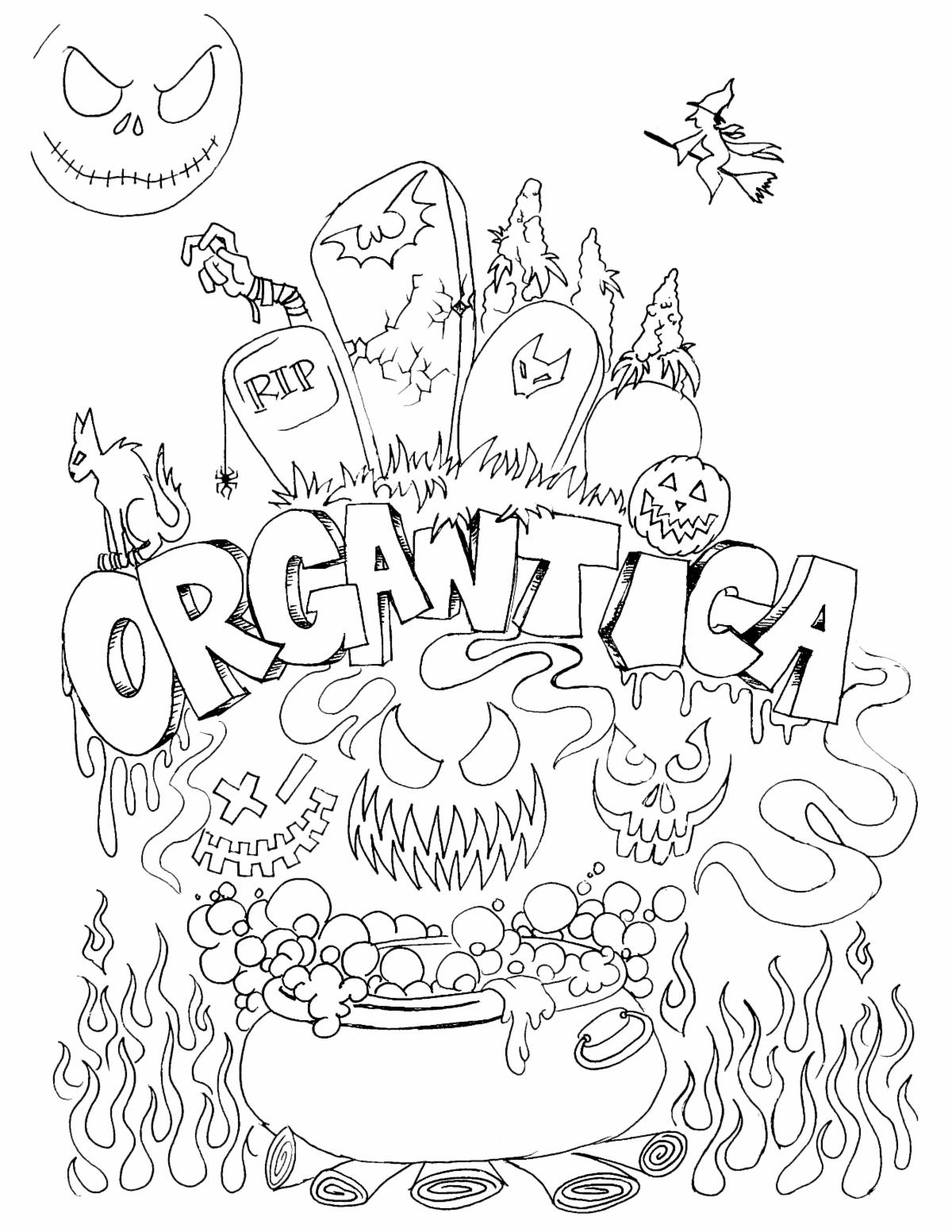After over 70 years of prohibition in the US, legalization of both medical and adult-use cannabis has finally opened the door to much needed research on this very useful plant. All sorts of new discoveries are being made and more investigation into the active constituents of the plant are happening everyday throughout the world. Discovery of more and more cannabinoids is moving very quickly now, and this post is here to cover a few of the recent finds.
THC
THC (Tetrahydrocannabinol) is one of many cannabinoids found in cannabis. Along with CBD (Cannabidiol – which has become very popular in recent years because of its legality), THC is the oldest know cannabinoid, discovered in 1964 by Raphael Mechoulam in Israel. It is presently the most popular and most intoxicating of all cannabinoids. THC presents itself in many forms and this post will try to describe what some of these forms are and what they do.
THCA
THCA is the acid form of THC that is present in all cannabis plants. It is psycho active, but not at all intoxicating. THC in this acid form cannot penetrate the blood-brain barrier (BBB), so it can’t reach the part of the brain that will present intoxication. What is the blood-brain barrier? A good analogy is that the BBB is like a bouncer/doorman at a club. They are the ones who decide who can get in or not. That’s’ what the BBB does too.
As the plant matures some of the THCA converts to THC, and even more will convert during the drying and curing process. When cannabis is heated nearly all of the THCA will convert to Delta 9 THC and this conversion is known as decarboxylation. THCA has many quality attributes that are similar to THC, and it is even more effective than THC for treating pain and inflammation. Even though it doesn’t get you high, THCA still shows up on a drug test as THC. Ridiculous, right?
According to an article in Grown In, Scientists are discovering many divergent forms of THC and are expecting to find many more new forms of cannabinoids in the near future.
“There are hundreds of cannabinoids that have been uncovered. Many of them are naturally occurring on the plant. When we see the chromatography of the raw plant material, we find peaks that we can’t identify currently,” said Dave Egerton, laboratory director for Infinite Chemical in Jackson, Michigan.
Grey Market Cannabinoids
These newly discovered cannabinoids are not presently illegal, but could become so in the near future. Until then, both federally and in states where THC is illegal, it’s only Delta 9 THC that is targeted for illegality because the laws are very specific to it. Delta 9 THC was the only cannabinoid known to be intoxicating when the US Controlled Substance list was created in 1971. Other cannabinoids are not illegal because law makers didn’t even know that other variants existed at that time. This is probably going to change since new knowledge is emerging.
Newly Discovered Cannabinoid Variants
Now that cannabis research can happen in the U.S. a lot more info will be coming out about these variants as well as their synergy with each other and the many useful constituents of cannabis chemistry, ie: the very important terpenes and flavinoids. Whether or not these variants will be psycho active, intoxicating, or both is yet to be determined. There are hundreds of cannabinoids. They all don’t necessarily show up in a specific strain of cannabis. Even Delta 9 THC can be absent or found in minuscule amounts in hemp.thc Here are some of the cannabinoid forms being studied recently:
Delta-7 – Not enough studies yet to determine the qualities and effects.
Delta-8 – Slightly less potent than delta-9. Delta-8 THC is naturally present in cannabis and hemp, but in very small quantities, more so in hemp than cannabis because cannabis has been bred over decades to weed out what was thought to be “no-high” cannabinoids and to produce high quantities of delta-9 THC only. No one knew about Delta 8 THC and its properties until recently.
Delta-10 – Once again – not enough studies yet.
11 Hydroxy Delta-9 and 11 Hydroxy Delta-8 THC
These variants of THC are produced in our livers from ingested delta-8 and delta-9 THC edibles. The liver converts these delta forms of THC to hydroxy forms and they become stronger and longer lasting than other methods of delivery. This is why cannabis edibles are scary to some people. Read more about 11-Hydroxy in this post: https://organtica.com/how-your-body-processes-cannabis-edibles/
The THC variants are basically isomers. What is an isomer?
In Biology, isomers are molecules with the same chemical structures that are just arranged differently. Isomers differ in how the bonds are positioned to surrounding atoms. Even though these THC variants are naturally occurring, (or at least most of them are,) they are in such low concentrations that they must be isolated using extensive distillation processes that involve some pretty expensive equipment and a very good education in chemistry. Here’s an example found in a Leafly article:
“Delta-8 vs. delta-9 THC: What’s the difference? Delta-8, like delta-9 (most well known THC), binds to the body’s endocannabinoid system, which causes you to feel high. Chemically, delta-8 and delta-9 are similar in that they both have a double bond in their structures. This double bond is [what is] thought to produce the intoxicating effects that make you feel high. These two THCs forms are chemically different in the placement of the double bond. Both cannabinoids have a chain of carbon atoms, but delta-8 has the double bond on the eighth carbon, whereas delta-9 has it on the ninth. Delta-8 binds to the endocannabinoid system in a slightly different fashion because of the location of its double bond. This is what is thought to make delta-8 less potent than delta-9 THC. However, more research needs to be done on delta-8 and how it interacts with the body.”
 Isolate vs Full Spectrum
Isolate vs Full Spectrum
As mentioned before, Delta 8 may be present in a plant, but it must be isolated out through a process because it exists in such small quantities. Just like delta-9 THC products that are available in concentrate and isolate forms, delta-8 isolates are just that – a concentrated and isolated product that all other constituents of the plant have been removed from. Full spectrum extracts (such as FECO and RSO) still contain most if not all of the beneficial plant constituents, such as terpenes which have their own very beneficial medicinal properties. Isolates and other extracts, not so much. Because the amount of delta-8 present in a plant is so low and has to be extracted and isolated, the cost of delta-8 products will be high.
Unless some new benefit of delta-8 is discovered, other that the fact it’s legal in places that the regular old delta-9 is still prohibited, it isn’t very likely to become that popular in the Rec or Medical markets.
My Experience with Delta 8 THC
Someone I know was able to obtain some Delta 8 isolate and made some brownies with it. They were delicious – no taste of cannabis at all. My dose was twice as much as I would usually consume with an edible (50mg vs 25mg), but the effect was quite a bit less intoxicating than Delta 9, afforded me great pain relief, and also offered me the desired focus that is often lost when I use delta 9 edibles. It was a soothing, relaxing, yet focused high. Regular THC edibles will give me serious munchies. Delta-8, not at all. I didn’t get the cotton mouth either. It was a good experience. I don’t think I will pay the higher cost of delta-8 products (isolates are expensive!). I will just stick with good old delta-9 and use less.
– Cannagramma




